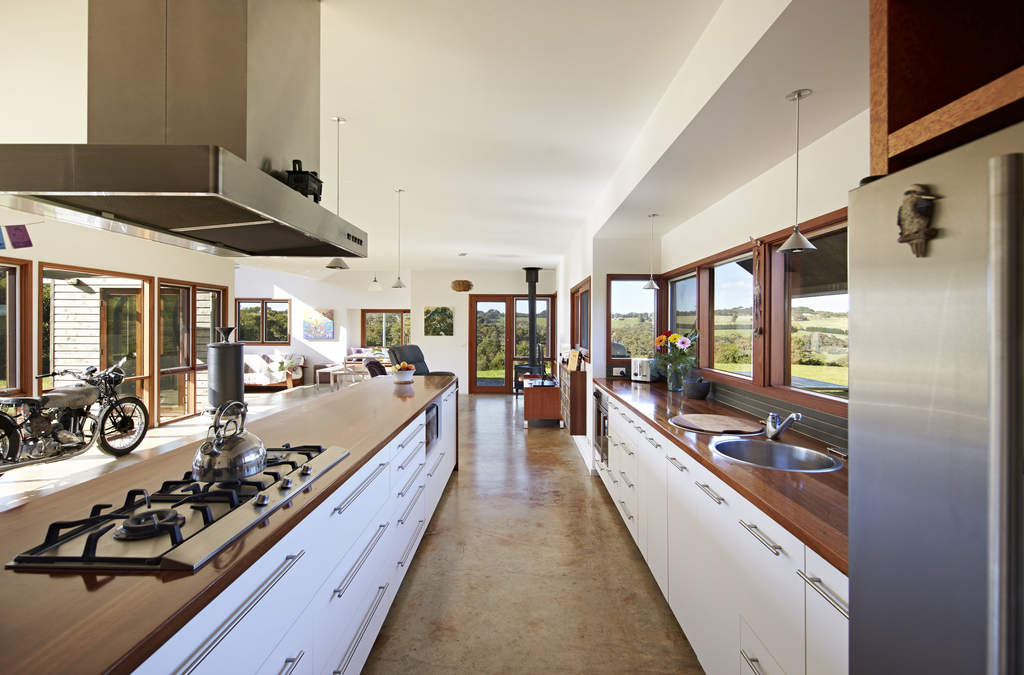A competitive return on investment is drawing more buyers to energy efficient homes, writes Amelia Barnes.
The vast majority of Australian homes cannot be classed as sustainable. Often derivative of American or European architectural styles that aren’t designed for the country’s unique environment and context, Australian homes are historically poorly insulated and made from materials selected primarily to keep costs down.
While the term “sustainable” is often used in design without true consideration of its definition, this most accurately means “a home that meets the needs of present generations without compromising on future generations”. Using efficient energy and materials both in production and in operation, a sustainable home benefits its current residents as much as its future occupants. They seek to embrace their environment, use natural materials, and are constructed to encourage passive temperature control.
Unlike design trends that fade over time, a sustainable home carries fewer ongoing utility costs, most often due to the implementation of solar energy generation. Until recently, buyers have struggled to place a price tag on existing solar systems, but as more owners of sustainable homes report lower bills, Australians are increasingly seeking out these features.
Agent Meg Pell at Kay & Burton says solar power, rainwater tanks, spring-fed dams, fruit orchards and properties with a north-facing orientation all add value and appeal to listings.
“It is certainly true to say buyers are seeking a more hands-on, back-to-basics, cleaner air, smaller footprint lifestyle for themselves, their kids and grandkids,” Pell says.
Developers and architects are also responding to this change, with numerous companies and organisations solely dedicated to sustainable design.
Tips for sustainable home design
- Tell your builder of your commitment
- Incorporate good passive solar design for natural heating in winter and cooling in summer
- Orientate your home for north-facing windows to bring sunlight into living spaces
- Install double glazed windows
- Install solar powered electricity and water systems where possible
- Choose energy efficient appliances with a high star rating
- Install a rainwater tank for gardening, toilet and laundry water use
- Use recycled building materials where possible
View the full article here.





